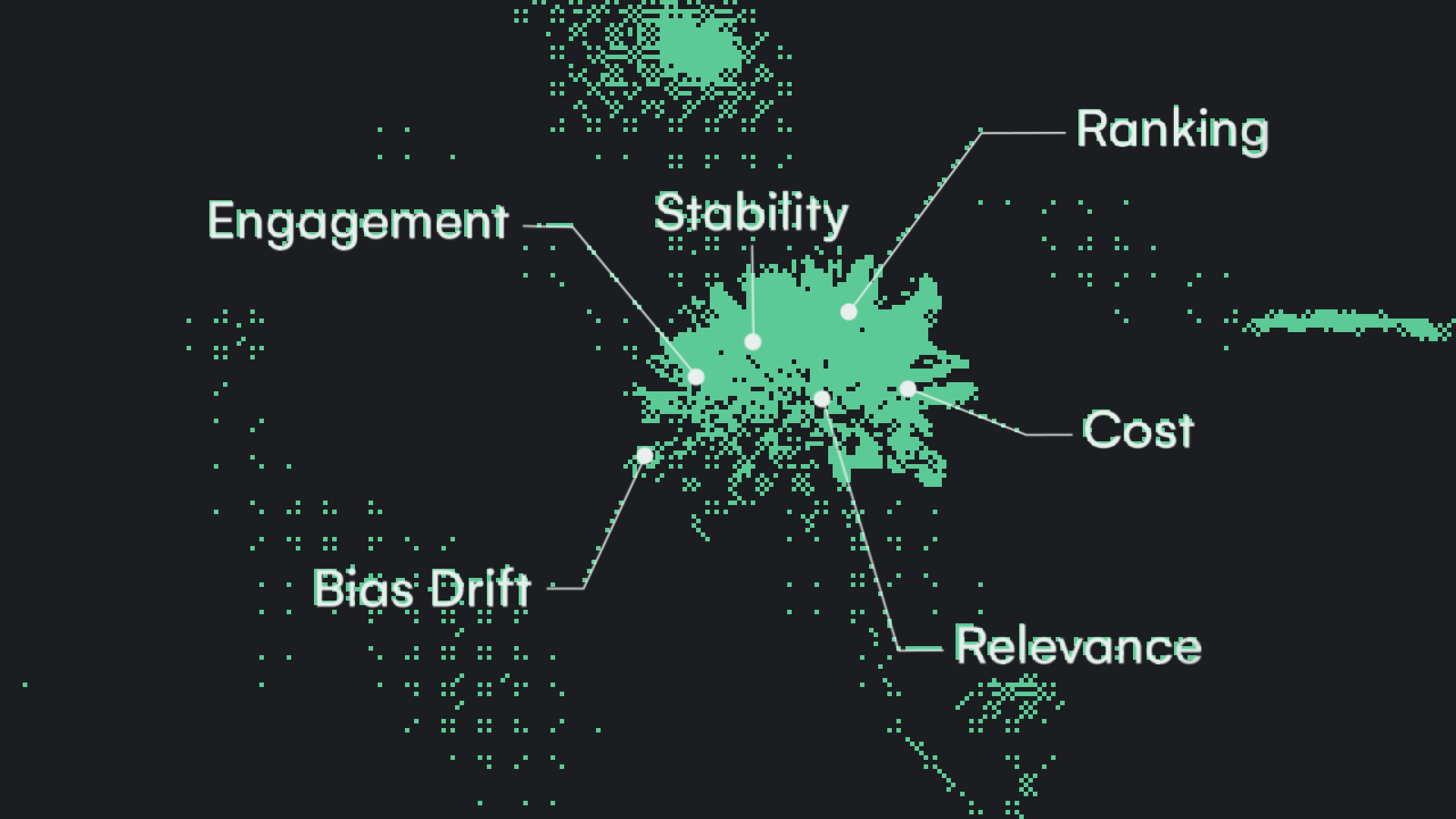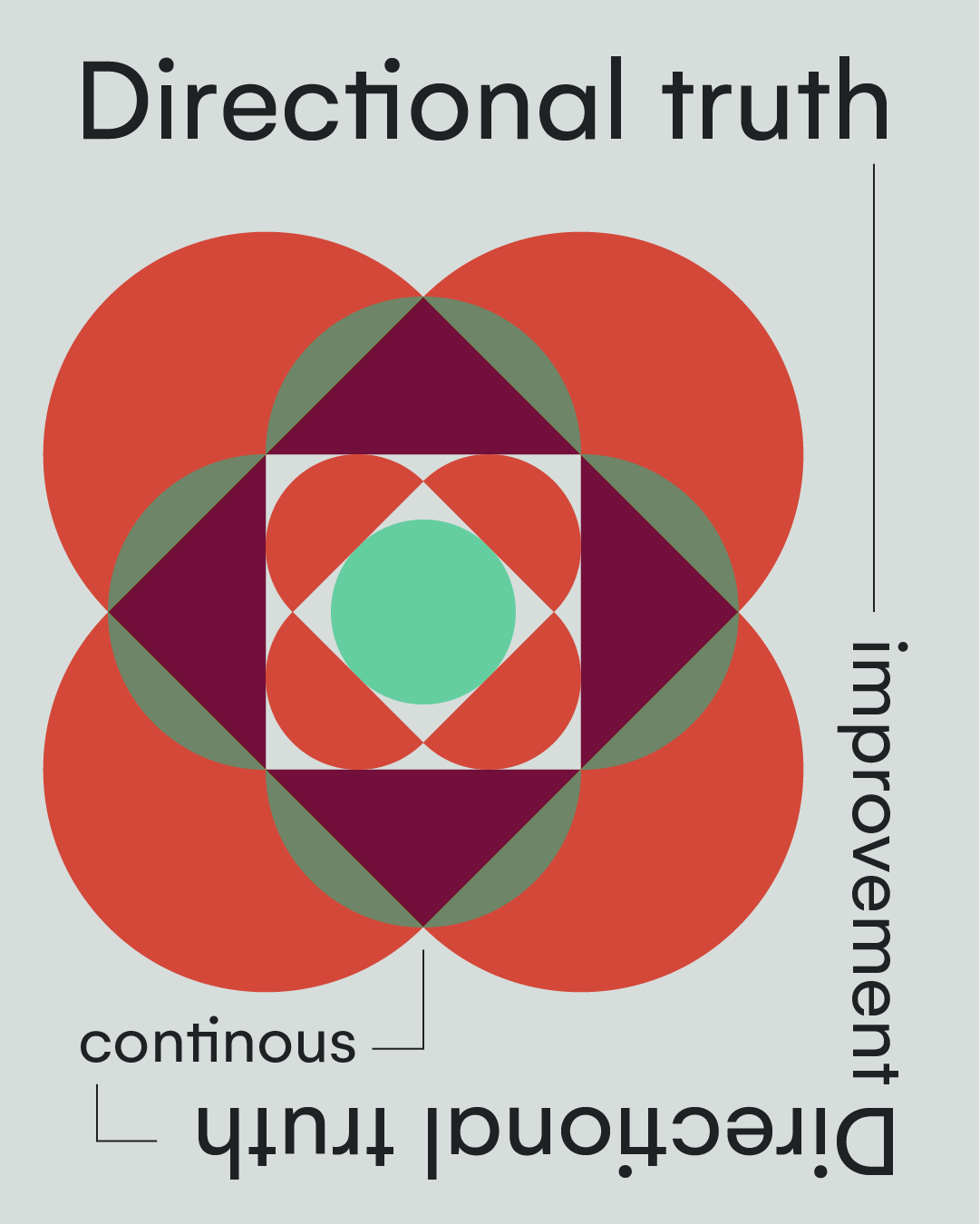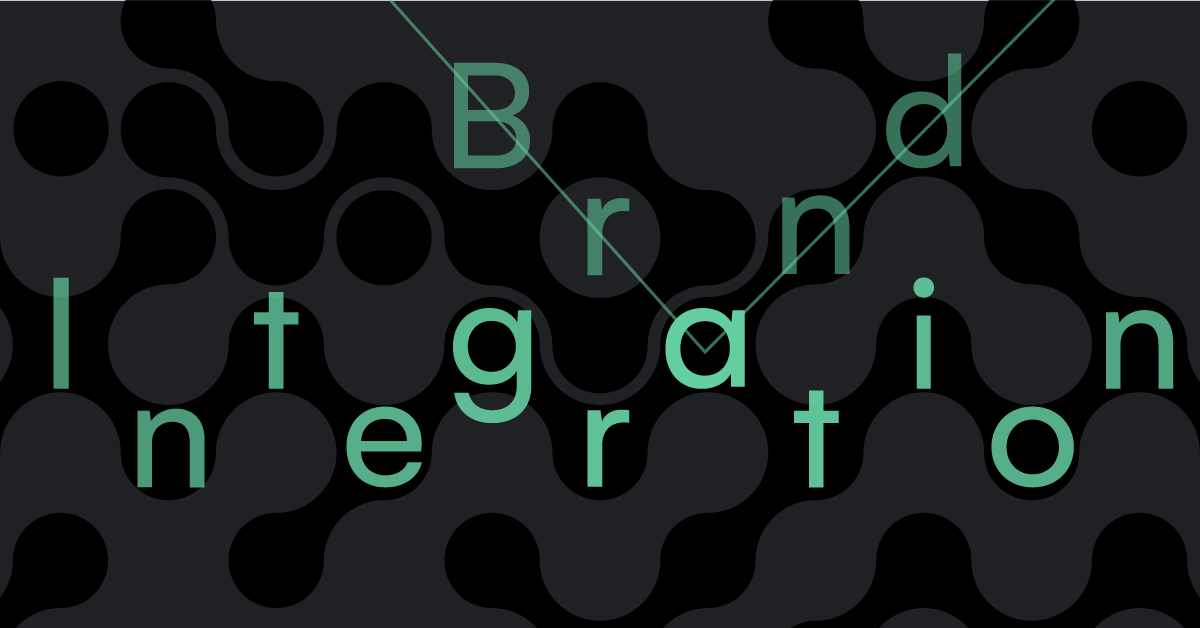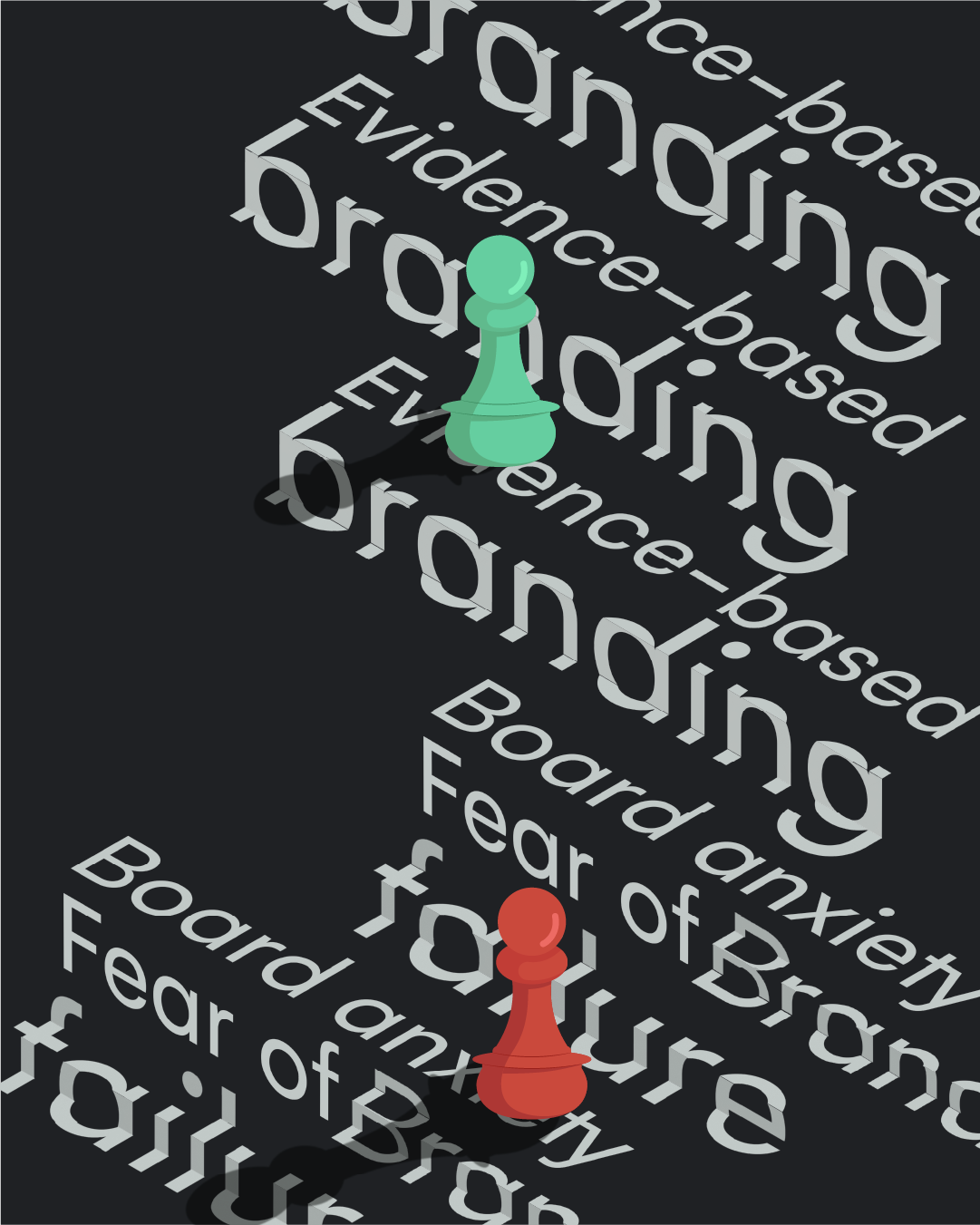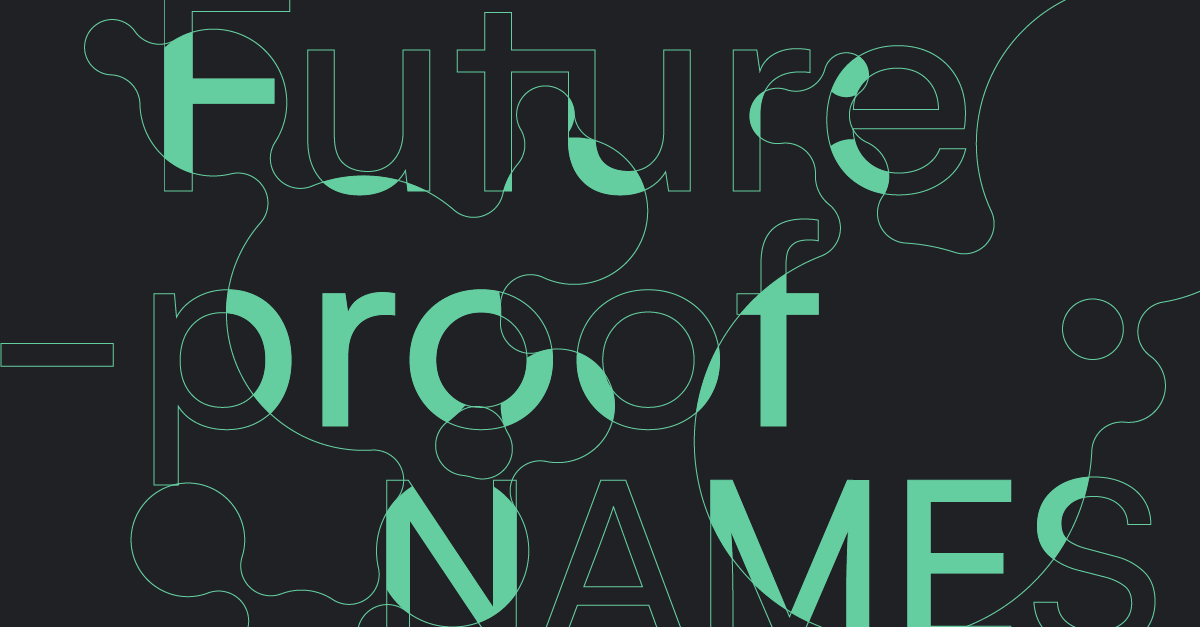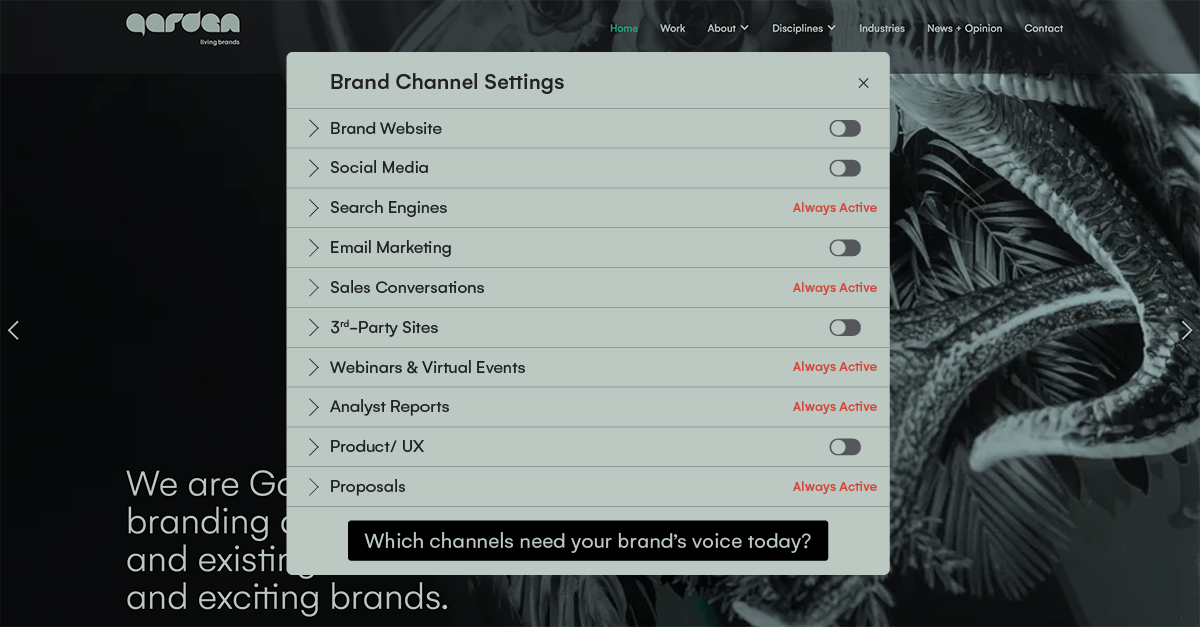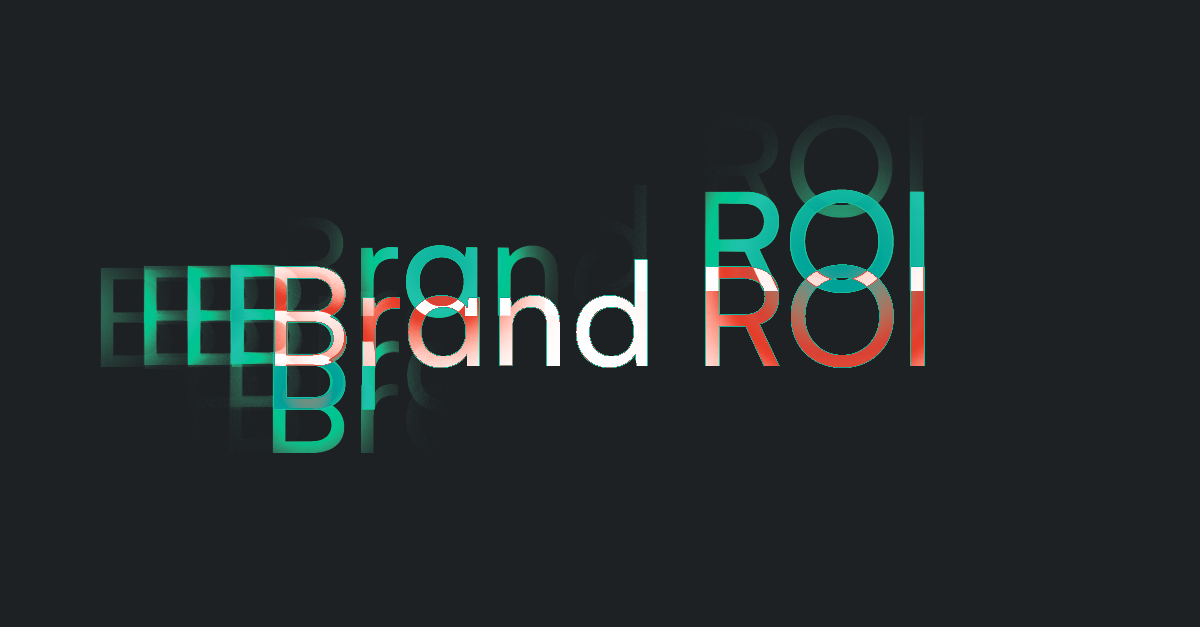In today's technology-driven world, we find ourselves navigating a myriad of digital channels—whether it's Facebook, Instagram, TikTok, X, or any of the constantly evolving social platforms. This shift has led many brands to adopt digital-first strategies. But what does this really mean, and how does it affect traditional mediums like printing and signage?
The digital transformation of branding
There are several important factors to consider. In researching how other brands express themselves, it's evident that many are now guided by where their brand lives. The need to stand out in increasingly crowded digital spaces drives brands to explore new approaches to brand expression and engagement. This includes choosing colours rooted in RGB, selecting versatile fonts for e-publishing and apps, and establishing a distinct identity that builds strong recall.
However, it’s essential not to overlook print. How easily can these digital-first elements be adapted for print media, such as leaflets, posters, merchandise, or signage? And when does it matter?
Digital-first client challenges
A recent experience with a digital-first client highlighted some challenges. Despite our due diligence in planning, we encountered some small challenges in practice. Although the client's brand predominantly operates in digital channels, there is still a need for print.
We consulted with printers and designers, and while vibrant colours can now be achieved in print, challenges remain. Our responsibility is to support the client in navigating these challenges and bridging the gap between digital and print.
Managing resource constraints
One significant challenge was the client’s limited internal resources for managing print buying effectively. Their previous experience with print was focused on quick, inexpensive options from local digital printers, or working with designers unfamiliar with the nuances of print production, such as separating out for special colours.
We guided them through the challenge-benefit scenario: yes, higher-quality print costs more, and yes, designers need to be more skilled. However, this investment is crucial for a brand transitioning from a small, inexperienced team to a world-class company that values consistent colour use and impactful branding.
Ultimately, our role is to elevate companies to the world stage. We must listen to their needs and design with these considerations in mind, but we also need to push them to the next level. As long as we conduct our due diligence, advise with care, and support them through these changes, we are fulfilling our role—taking a brand from being lost in a sea of competitors to becoming an award-winning, unique brand that commands respect alongside other powerful, respected names.
Lessons learned
Reflecting on this project, what have we learned, and what could we have done differently? Honestly, yes, there are areas for improvement. One key lesson is that educating the clients team in the early stages of the changes ahead will help address growing pains later down the road. We have also explored many different approaches to alternatives to traditional print, signages and exhibition stands, such as projections, holographics and new and exciting print systems emerging. Would we have advised differently? Not at all. The brand has been successful, and we are incredibly proud of the work.
The client has already been nominated for a brand award, and the brand now stands head and shoulders above where it was before – a happy client knowing they are in possession of a world class brand, and they know we are there to support them through any challenges, the result of experience, creativity, maturity and a great client/agency relationship.
To succeed in today's multi-channel landscape, brands must integrate digital and print strategies, adapt to new technologies, and personalise their approach while maintaining the ability to communicate effectively across all mediums.
The key is to innovate and engage with audiences authentically, balance digital efficiency with print quality, enhance brand presence, capture market attention, and differentiate from competitors in both spaces.





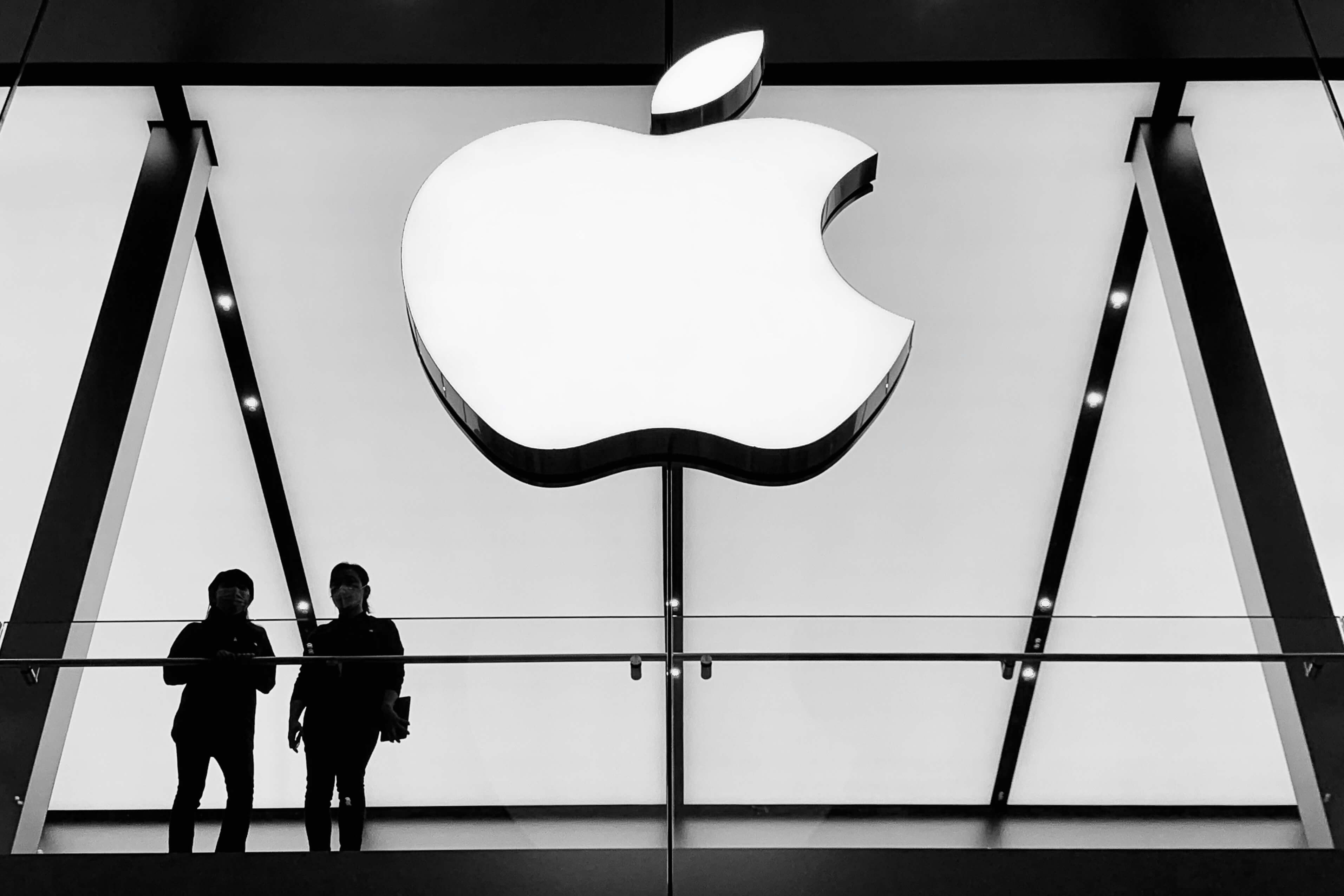











.jpg)














